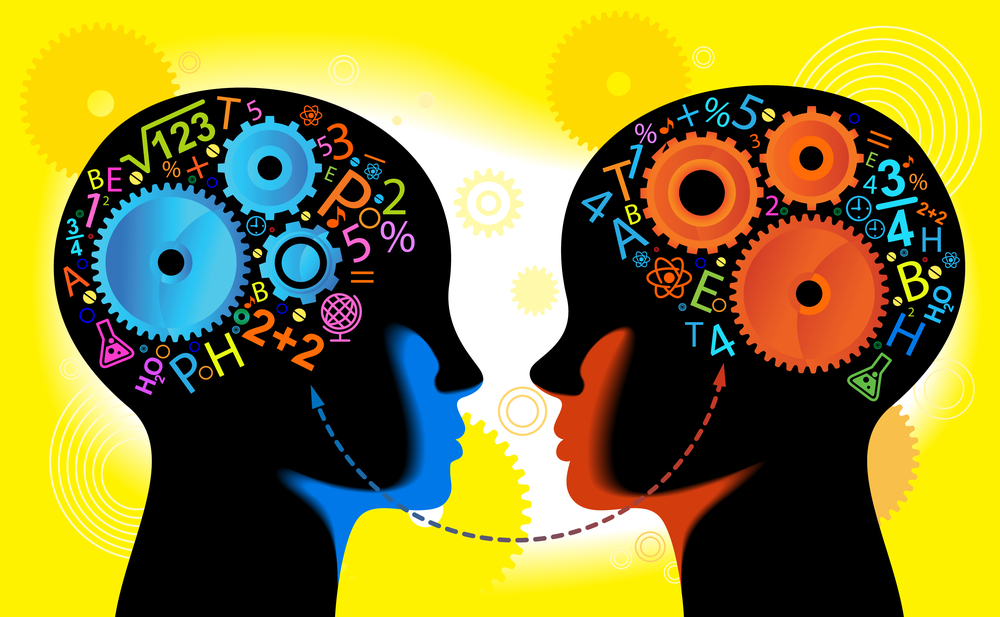Automation, AI and Collaboration are buzzwords and the future. Here’s a simple way to unleash them today.Your team is probably doing half of what it can. Why?
1. Sit through long meetings to either update or receive updates from each other, other teams or departments. 2. Put together information gathered from diverse sources into coherent reports. 3. Understand or explain your processes or basic subject matter to/from a more/less experienced colleague. 4. Turn goals into tasks for the day, track team availability and allocate work. 5. Travel to distant locations just to validate progress. 6. Solve challenges as they come up individually or as a group. 7. Provide direction and take decisions.
Cognitive Collaboration is the magic that happens when your teams’ cognitive capabilities exceed those of all the team members put together. When this happens your team turns challenges into opportunities, beats timelines and takes great decisions. But in order to achieve this, they need to be on the same page and have the time to brainstorm on challenges and decisions as they come up. If your team is spending between 10-50% of their time on the first five items in the above list they have a very small window for cognitive collaboration because meaningful collaboration around ideas will be sporadic. If they spend more than 50% of their time on these tasks they will meaningfully collaborate only when there’s an emergency and sometimes not even then.
Once you complete the first two steps you’ll see Cognitive Collaboration taking off on its own. You will now hold meetings to discuss ideas and solutions, not update each other. You will spot challenges early and mitigate issues before they happen. You can now start building a higher impact team by bringing in team members with different cognitive strengths but let’s save that for a later post.
Business Impact
The sheer magnitude of improvement when we have seen Cognitive Collaboration drive for clients across verticals has been an eye-opener. We’ve seen users of our Zvolv platform halve timelines, reduce costs and deliver more value with the exact same people. Throw us a business case and we’ll be happy to do a post on how cognitive collaboration can help.



